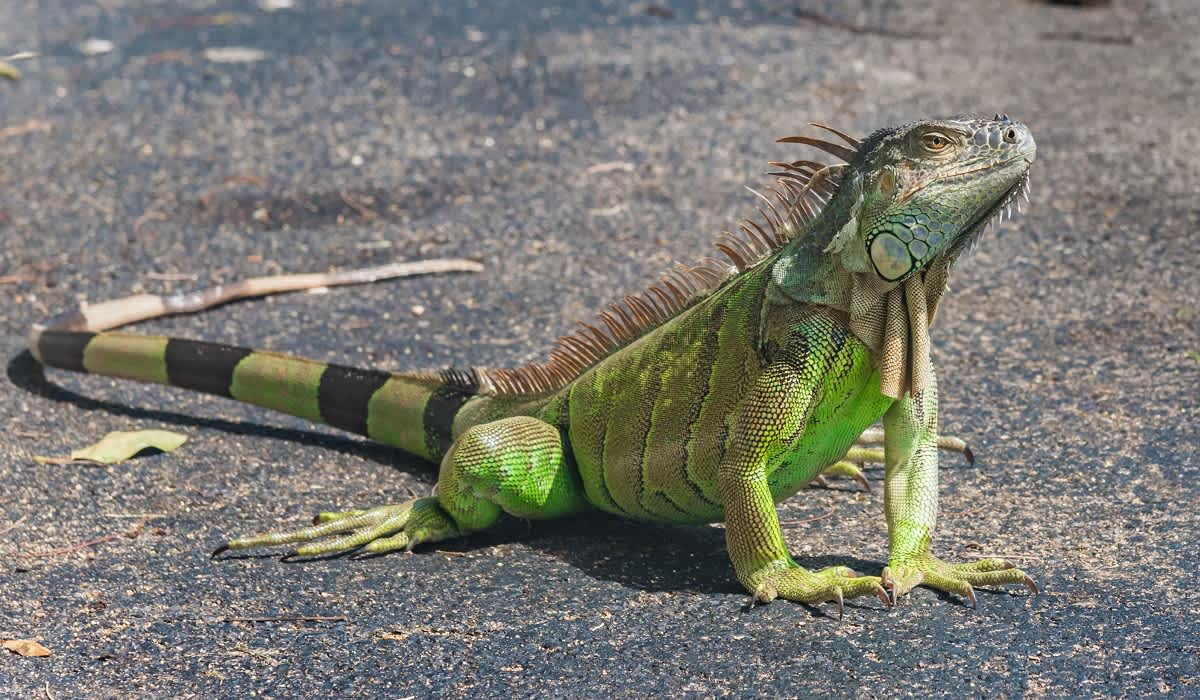Invasive Iguanas Are Wreaking Havoc in Florida
OutdoorHub Reporters 07.08.19

Hurricanes, pythons and rising sea levels all pose a threat to the Sunshine State, but Florida’s latest headache comes in the form of a large green reptile – and no, not an alligator.
According to the Florida Fish & Wildlife Conservation Commission, the green iguana population has exploded in the state recently, so officials are working to keep the large lizards at bay by putting a target on their backs.
Green iguanas are listed as an invasive species on the FWC’s website.
“Green iguanas are not native to Florida and are considered to be an invasive species due to the damage they can cause to seawalls, sidewalks, and landscape plants,” the site reads. “Homeowners do not need a permit to kill iguanas on their own property, and the FWC encourages homeowners to kill green iguanas on their own property whenever possible.”
Joseph Wasilewski, a scientist working with the University of Florida who studies wildlife in state and the Caribbean, says “they will destroy agriculture, undermine roads, cause electrical transformers to fail, they can transmit salmonella and can be a FAA safety hazard.”
The reason iguanas are thriving in Southern Florida is simple: the welcoming warm weather.
Green iguanas were first reported in Florida in the 1960’s, and they quickly spread to the warmest parts of the state. In cleared habitats such as canal banks and vacant lots, green iguanas reside in burrows, culverts, drainage pipes and rock or debris piles. South Florida’s extensive man-made canals serve as ideal dispersal corridors to further allow iguanas to colonize new areas.
Here is an informational video on hunting and eating invasive iguanas, as well as some tactics to try. Good luck out there!
We might have to phone Steven Rinella to get his take on iguana meat. Assuming he’s tried it before, that is..
The FWC also recommends homeowners remove plants that attract iguanas, fill in holes to discourage burrowing, hang wind chimes or other items that make intermittent sounds, or hang CDs that have reflective surfaces to deter the lizards from hanging out on their properties.
Visit IveGot1.org for a map of credible iguana sightings.
Despite their name, green iguanas may also appear brown or black, and can even turn a red/orange color during certain months of the year. They can grow to measure 5 feet in length, and one iguana can lay up to 76 eggs a year.

